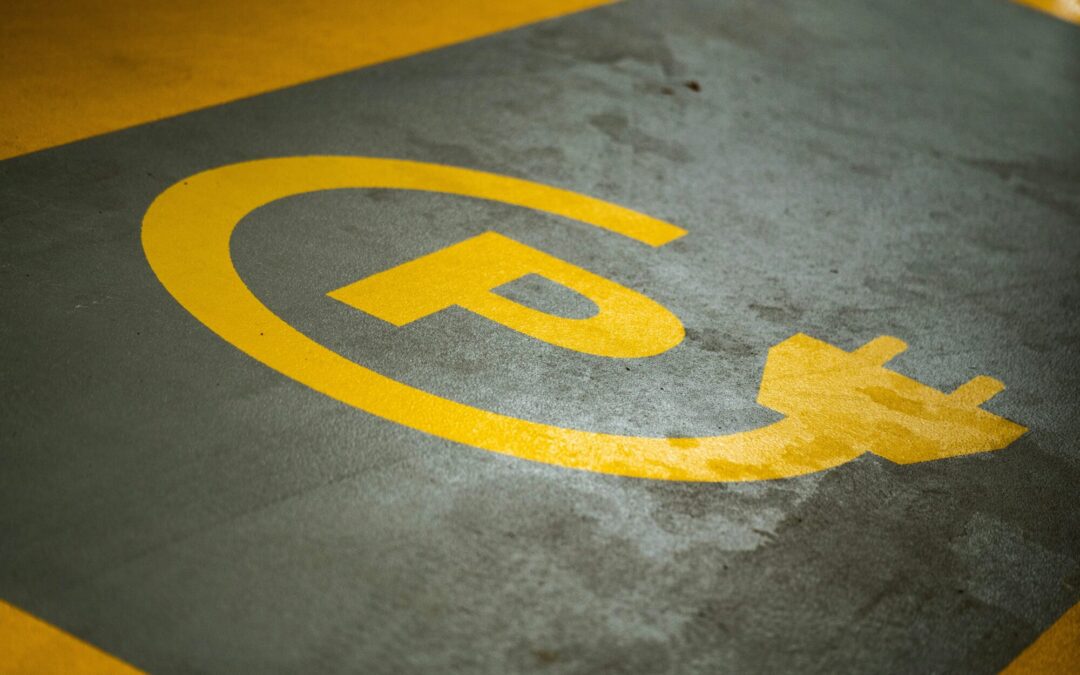Electromobility is booming, and with it the demand for a well-developed charging infrastructure is growing. However, the construction and operation of charging stations requires well thought-out business models in order to be economically successful. Companies, local authorities and investors are faced with the challenge of choosing the right strategy to profit from this dynamic market.
Why charging infrastructure is an attractive business model
Electromobility is a key component of the energy transition. Governments around the world are promoting the expansion of charging infrastructure with subsidies and legal incentives. This opens up new market opportunities for companies that invest in charging infrastructure. The rising number of electric vehicles (EVs) is also increasing the demand for charging solutions, both in the public and private sector.
A sustainable business model for charging infrastructure must take various factors into account:
- Choice of location: High vehicle frequency and long parking times increase profitability.
- Pricing models: Flexible billing models (e.g. kWh-based billing, flat rates or subscription models) improve user-friendliness.
- Additional sources of income: GHG quotas, advertising space at charging stations or combination with other services (e.g. catering, retail) can improve profitability.
Various business models for charging infrastructure and investment strategies
While charging infrastructure has so far primarily been understood as a pure charging station, new business models are developing that go beyond charging. For example, supermarkets are combining their charging points with marketing measures and advertising space to generate additional revenue .
Innovative concepts such as mobile charging stations or lounge concepts at charging parks are also becoming increasingly popular. Mobile charging units can be used at locations with temporarily high demand, e.g. at major events or trade fairs. At the same time, the convenience of charging is becoming increasingly important: modern charging parks with cafés, lounges or shopping facilities create incentives for longer stays and increase the attractiveness of the location. The following is a list of various business models with charging infrastructures:
1 charging infrastructure as a service (CaaS – Charging as a Service)
Many companies and local authorities want to provide charging infrastructure but do not want to operate it themselves. This is where the CaaS model comes into play: service providers take over the complete operation, maintenance and billing. The owners of the sites receive either a lease or a revenue share.
Advantages:
- Low investment risk for land owners
- Maintenance and operation by experts
- Scalability through centralised control
Disadvantages:
- Dependence on the service provider
- Lower margins for the site operator
2 in-house operation with billing systems
Companies, car park operators or hotel chains can operate their own charging stations and charge directly. This can be done via a kWh-based fee or flat-rate prices.
Advantages:
- Direct sales generation
- Full control over pricing and utilisation
Disadvantages:
- High initial investment
- Operation and maintenance must be organised by the customer
3 public charging infrastructure with advertising revenue
At highly frequented locations such as shopping centres or motorway service stations, advertising boards or digital screens at charging stations can represent an additional source of income.
Advantages:
- Additional revenue through advertising
- Greater attractiveness for users
Disadvantages:
- Advertising partners must be acquired
- Location must have high frequency
4 employer model: charging at the workplace
Companies can offer charging stations for their employees. These can either charge free of charge or for a fee. Peak loads can be avoided by integrating them into an energy management system.
Advantages:
- Attractive benefit for employees
- Tax benefits and GHG quotas possible
Disadvantages:
- Initial investment for installation
- Management of charging processes required
GHG quota: additional revenue with reev charging solutions
The GHG quota (greenhouse gas reduction quota) is a particularly attractive financial benefit for charging infrastructure operators in Germany. With a reev charging solution, companies and fleet operators can benefit twice over:
GHG quota for eCompany cars & ePool vehicles
- 70 or more per year for each BEV in the fleet
- Automatic credit after uploading the vehicle registration documents
GHG quota for publicly accessible charging points
- 3.5 cents per kWh for all electricity charged at public charging points
- Can also be credited retroactively for the current calendar year
By simply integrating the reev GHG quota into the reev dashboard, companies can benefit from additional revenue with just a few clicks. Find out more here.
Technological developments: Bidirectional charging and high-performance batteries
In addition to the expansion of the charging infrastructure, technological development plays a decisive role in economic efficiency. Bidirectional charging, i.e. the ability to not only charge electricity but also feed it back into the grid, is becoming increasingly important. In the future, this could help to stabilise the electricity grids and use electric vehicles as flexible energy storage systems.
Progress is also being made in battery technologies. New cell architectures such as the cell-to-pack process enable higher energy densities, which increases the range of electric vehicles. In addition, conventional lithium-ion batteries are increasingly being replaced by alternatives with iron phosphate cathodes, which are cheaper to produce
Conclusion: Future prospects for the charging infrastructure
The charging infrastructure offers a variety of business models that can be customised to meet different needs. Whether as a service, in-house operation or in combination with advertising revenue – electromobility opens up new sources of income. Charging infrastructure is increasingly developing into an independent market with a wide range of business opportunities. In addition to traditional operator concepts, innovative models such as bidirectional charging, energy-optimised charging locations and mobile solutions are emerging. Those who invest early and utilise smart solutions can benefit in the long term from increasing user numbers and financial advantages such as the GHG quota.
Solutions such as reev can also open up additional sources of revenue – for example through the GHG quota, which enables attractive revenues for both company fleets and public charging points.
Utilise charging infrastructure profitably now – with reev.
Discover the intelligent solutions from reev!
